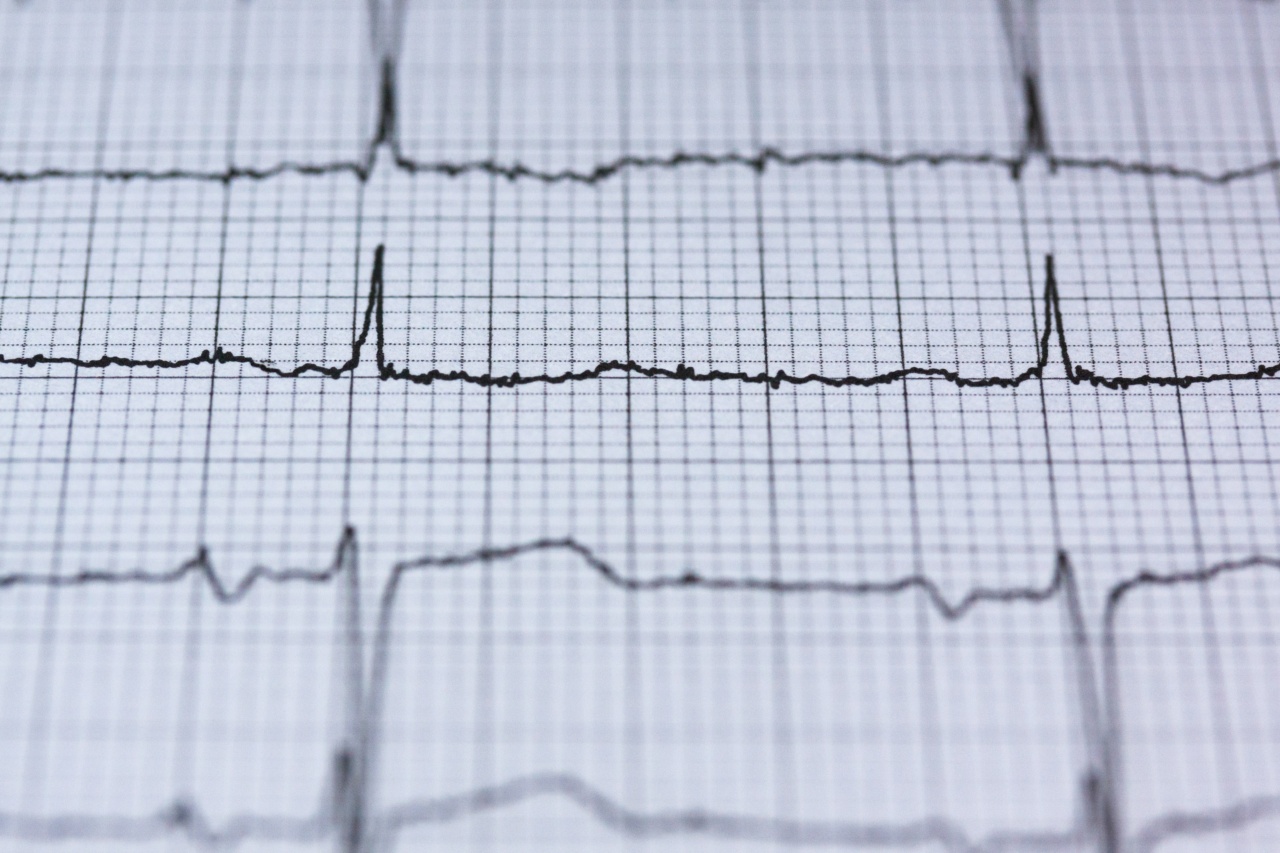A heart attack, also known as a myocardial infarction, is a serious medical emergency that occurs when blood flow to a part of the heart is blocked, causing damage to the heart muscle.
While heart attacks are relatively common, they can have serious complications, particularly if heart rhythm issues develop. In this article, we will discuss what heart rhythm issues are, how they can occur following a suspected heart attack, and what treatment options are available.
What are heart rhythm issues?
Heart rhythm issues, also known as arrhythmias, are disturbances in the normal rhythm of the heart. The heart normally beats at a regular pace, but in people with arrhythmias, the heart may beat too fast, too slow, or irregularly.
Some arrhythmias are harmless and do not cause any symptoms, while others can be life-threatening.
How do heart rhythm issues occur following a suspected heart attack?
Heart rhythm issues can occur following a suspected heart attack because of damage to the heart muscle. When blood flow to the heart is blocked, the heart muscle can become damaged, which can lead to the development of scar tissue.
Scar tissue does not conduct electrical impulses as well as healthy heart muscle, which can lead to arrhythmias.
Arrhythmias can also occur because of the medications used to treat a heart attack. For example, some medications used to treat high blood pressure or heart failure can cause arrhythmias as a side effect.
Additionally, some medications used to treat a heart attack, such as beta-blockers, can slow down the heart rate and lead to bradycardia (a slow heart rate).
What are the symptoms of heart rhythm issues?
The symptoms of heart rhythm issues can vary depending on the type of arrhythmia and the severity of the condition. Some common symptoms of arrhythmias include:.
- Pounding in the chest
- Shortness of breath
- Lightheadedness or dizziness
- Fainting or near-fainting
- Fatigue or weakness
- Chest pain or discomfort
Types of heart rhythm issues
There are several different types of heart rhythm issues that can occur following a suspected heart attack. Some common types of arrhythmias include:.
Atrial fibrillation (AFib)
Atrial fibrillation is a common arrhythmia that occurs when the heart’s upper chambers (the atria) beat irregularly and too fast. AFib can cause blood to pool in the atria, which can increase the risk of blood clots and stroke.
Ventricular tachycardia (VT)
Ventricular tachycardia is a type of arrhythmia that occurs when the heart’s lower chambers (the ventricles) beat too fast. VT can be dangerous and can lead to ventricular fibrillation (VF), a life-threatening arrhythmia.
Ventricular fibrillation (VF)
Ventricular fibrillation is a life-threatening arrhythmia that occurs when the heart’s lower chambers (the ventricles) quiver and cannot pump blood effectively. VF can cause sudden cardiac arrest and can be fatal if not treated immediately.
Bradycardia
Bradycardia is a type of arrhythmia that occurs when the heart beats too slowly, usually less than 60 beats per minute. Bradycardia can be the result of damage to the heart’s electrical system or medications used to treat a heart attack.
Treatment options for heart rhythm issues
The treatment for heart rhythm issues will depend on the type of arrhythmia and the severity of the condition. Some common treatment options for arrhythmias include:.
Medications
Medications can be used to treat heart rhythm issues by slowing down the heart rate, changing the heart’s electrical signals, or preventing blood clots.
Some common medications used to treat arrhythmias include beta-blockers, calcium channel blockers, and anti-arrhythmic drugs.
Cardioversion
Cardioversion is a procedure that uses electrical shocks to reset the heart’s rhythm back to normal. This procedure can be done with medications or a defibrillator, a device that delivers a shock to the heart.
Ablation
Ablation is a procedure that uses radiofrequency or freezing energy to create scar tissue in the heart, which can block abnormal electrical signals and prevent arrhythmias. Ablation is often used to treat AFib or other types of arrhythmias.
Pacemaker
A pacemaker is a small device that is implanted under the skin of the chest to help regulate the heart’s rhythm. Pacemakers use electrical signals to keep the heart beating at a normal pace.
Implantable cardioverter defibrillator (ICD)
An ICD is a device that is implanted under the skin of the chest to monitor the heart’s rhythm. If the device detects an abnormal rhythm, it can deliver a shock to the heart to restore a normal rhythm.
Conclusion
Heart rhythm issues are a serious complication that can occur following a suspected heart attack. While not all arrhythmias are life-threatening, some types, such as ventricular fibrillation, can be fatal if not treated immediately.
If you experience any symptoms of arrhythmias, it is important to contact a healthcare provider right away. With early detection and treatment, many people with arrhythmias can lead healthy, normal lives.





























